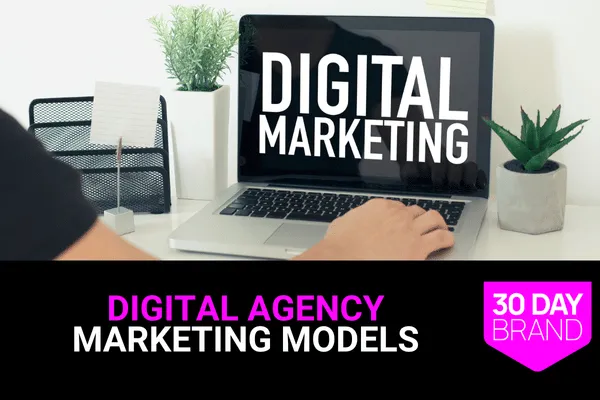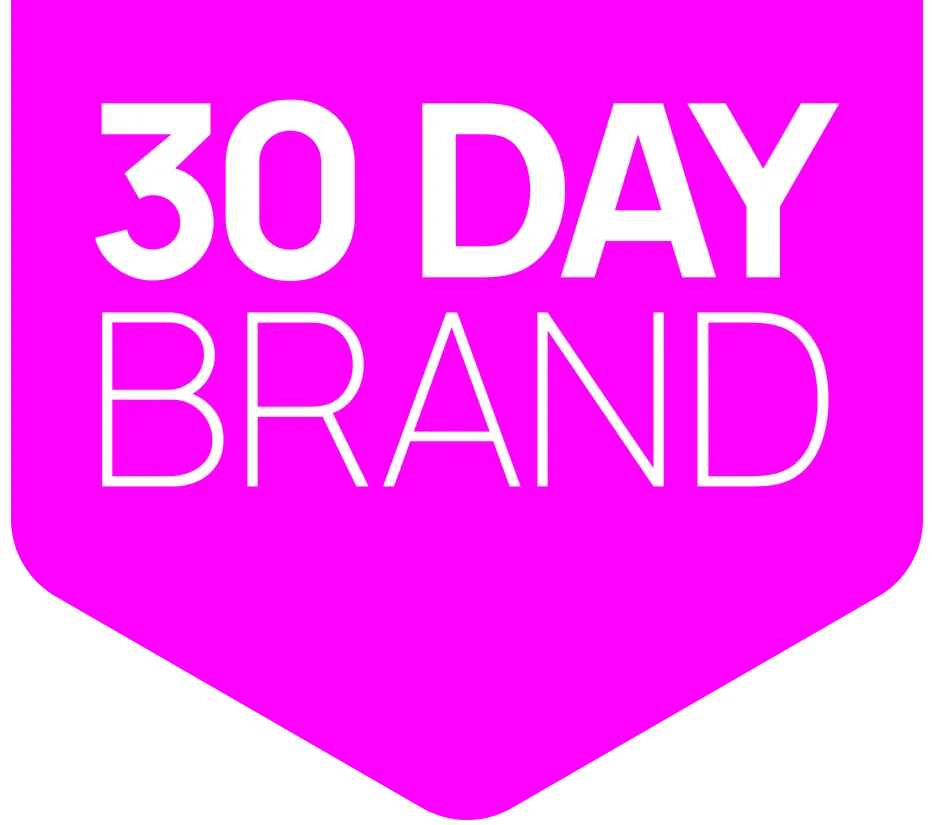
Digital Agency Marketing Models: What They Don’t Tell You About Retainers, Projects, and Performance
Digital Agency Marketing Models Definition
Digital agency marketing models define how agencies charge: retainer, project, or performance-based. Agencies pitch these as the deciding factor. The truth: no payment model guarantees ROI without clear story and funnel. Start by confirming your business messaging framework before hiring.
The 3 Models Explained (and Their Hidden Risks)
Agencies frame billing models as your key decision. In reality, model choice matters less than foundation readiness.
Model 1: Retainer-Based Agency
A fixed monthly fee covers SEO, ads, or content.
Typical range: $3,000–$15,000/month.
Best for: Ongoing campaigns needing steady iteration.
Hidden risk: You pay regardless of ROI. Without a funnel, money leaks.
See how digital marketing services often bundle into retainers.
Model 2: Project-Based Agency
One-time fee for a campaign, site, or deliverable.
Typical range: $2,000–$20,000/project.
Best for: Specific builds with clear start and finish.
Hidden risk: Projects fail if messaging is unclear—traffic doesn’t convert.
Cross-check with a consulting sales funnel to avoid waste.
Model 3: Performance-Based Agency
Pay per lead, sale, or booked call.
Typical range: $50–$200 per appointment (industry averages).
Best for: Mature funnels with clear attribution.
Hidden risk: Agencies define “leads”—many may be unqualified.
Learn more about lead generation services.
Comparison Chart: Models + Risks
The 4 Foundations That Decide ROI (Not Model)
Foundation 1: Clear Story
Your story defines who you serve and why you’re different. The 30-day brand system starts here.
Foundation 2: Professional Presence
88% of users won’t return after bad UX (HubSpot, 2024). Presence builds trust.
Foundation 3: Conversion Funnel
If leads have nowhere to go, no model saves ROI. Map attention → proof → CTA → booking.
Foundation 4: Authority Assets
Testimonials and case studies drive trust regardless of billing model. Build proof before scaling client acquisition system.
Quick Implementation Guide
Start: Audit story, UX, funnel, and proof.
Then: Compare agency models against readiness.
Measure: ROI = clients closed ÷ total spend.
Read more in digital agency marketing.
Key Statistics
Outbound appointments cost $50–$200 each (industry averages, 2024).
Outsourced marketing reduces costs by 30% (Gartner, 2023).
Companies working with agencies grow revenue 2.5x faster (McKinsey, 2023).
88% of users won’t return after bad UX (HubSpot, 2024).
81% of buyers research before contacting sales (Salesforce, 2024).
FAQ: Digital Agency Marketing Models
Which model is safest for small businesses?
None is “safest.” ROI depends on brand foundations.
Is performance-based always better?
No. Many agencies deliver unqualified leads under performance contracts.
What should I ask about retainer contracts?
Ask for clear KPIs and exit clauses tied to ROI.
Are project fees better for testing agencies?
Yes, if scope is clear and funnel is ready.
How do I know if any model will deliver ROI?
Check foundations first. Message, funnel, and proof decide outcomes.
Let’s Build Before You Pay: Next Steps
Payment model does not guarantee results. Agencies charge either way. ROI comes from clarity, conversion, and proof.
👉 Run your free Brand Message Analyzer before signing with any agency.










